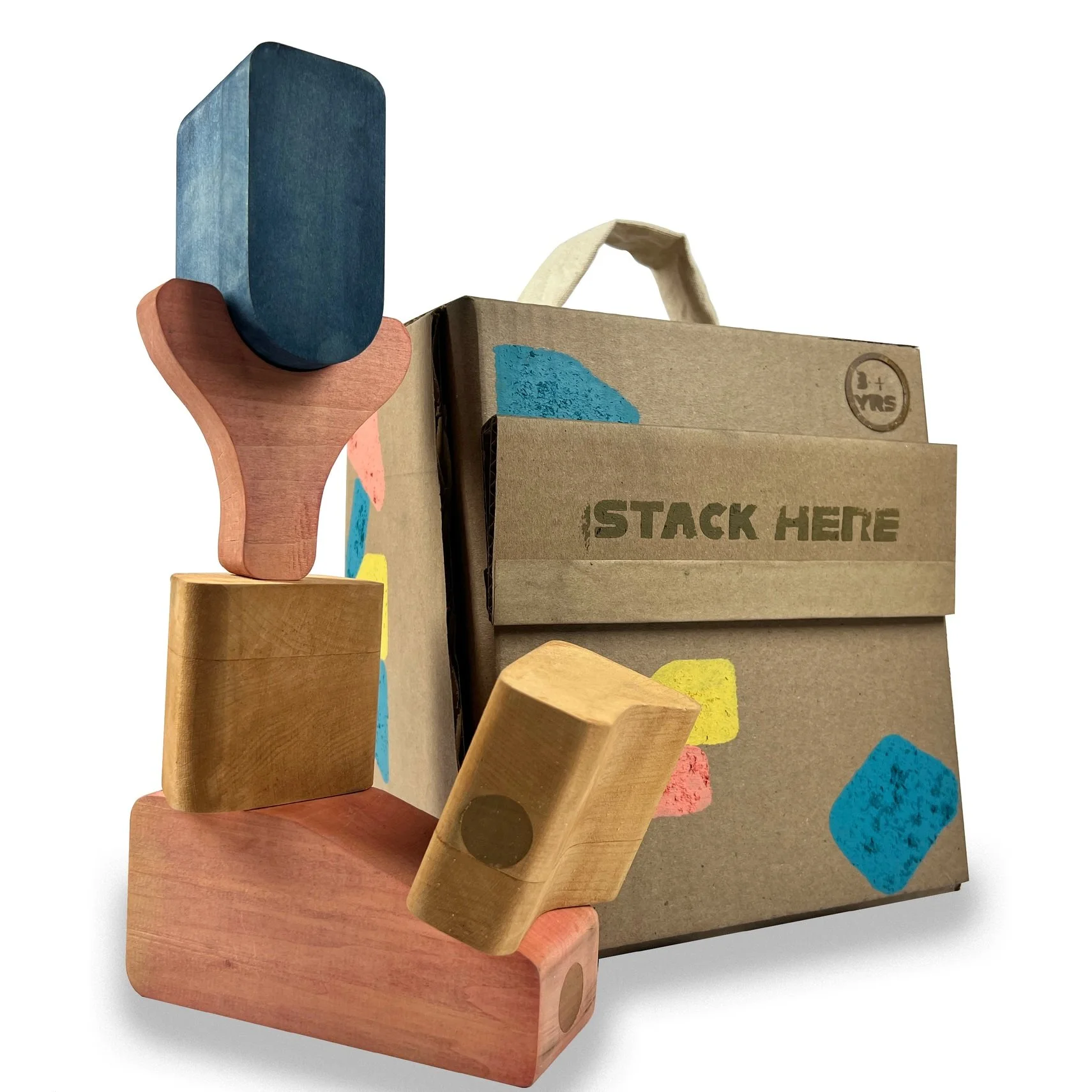
GLIBS
This is an investigation into the intricacies of the relationship between toys and children, with a particular emphasis on those between ages 3 and 6, questioning the significance that play and toys have on cognitive development of children for their future interpersonal endeavors
For more information on my research, visit my research booklet
Interviews With Teachers: Kindergarten - First Grade
Mrs. Pignetti, Kindergarten
While there were no explicit biases based on sex, it was noted that certain toys appeared to be more popular amongst one gender over the other. But both genders still played with the same toys interchangeably
Mrs. Poncet, First Grade
Placed particular emphasis on the fact that as a result of the COVID-19 pandemic, children have become accustomed to safeguarding their possessions in order to limit the transmission of germs. Consequently, they have grown unaccustomed to physical contact and sharing with other
Remarkably, a consensus emerged, as each gave identical responses that the simpler toys, such as Magna-Tiles, LEGOs, and wooden blocks, was most popular and alluring among their students
Market Research Opportunities for Improvement
Hazards Small pieces, potential choking Paint chipping, potential ingestion
Packaging Plastic Packaging, thrown away immediately Missing interaction, packaging should enhance play
Gender Bias Marketing, delineation between boy/girl toys Boring, gender neutral toys lack fun aspects of play
Insight:
Free play, where children have autonomy over their own narratives and agenda ultimately leads to higher executive functioning, especially involved with toys that are sexually ambiguous when compared to specific themes.
Intial intended Age Demographic 3-6
Developmental Milestones
Social Interaction Interest in Finished Products Motor Skill Development:
Gender Awareness & Societal Influence
Gender Concept Formation Gender Segregation & Pressure Emergence of Stereotypes
Initial Sketches
Exploring interesting forms and shapes that question gravity and weight distribution
Tracks, Holes, Weights, how can we add satisfying haptic feedback and insert it into packaging for extra added play, curves to build off of, tracks to build into the actual box, or holes to hang off
Low-Fi Model
Feedback helped inform …
Visual Identity, Emphasis on curves and gravity defiance to not only capture the eye but encourage imagination
Haptic feedback, Discreetly integrating hidden weights present the users with an intriguing building challenge, adding an extra tactile dimension to the experience
Materiality, Wood over foam not only sidesteps toxicity but also introduces a sophisticated yet lightweight material
Process
What Sets Glibs Apart
Asymmetrical Box
The asymmetrical box serves as a captivating building platform, introducing an element of intrigue and creativity for construction
Hidden Weights
Unconventional placement of weights within the blocks adds an element of delightful surprise, transforming the stacking experience from intuitive to playfully engaging
Easy Storage
Easy Clean Up/ Pack Up
The pieces fit together like a 3-dimensional puzzle, making the process of taking them out and placing them back into the package an enjoyable and satisfying experience
Natural Dyes
Madder
Derived from the root of the madder plant and used to dye the Red blocks
Cutch
Derived from the bark of the Mangrave tree and used to dye the yellow blocks
Indigo
Derived from the leaves of the Indigofera plant and used to dye the blue block




















